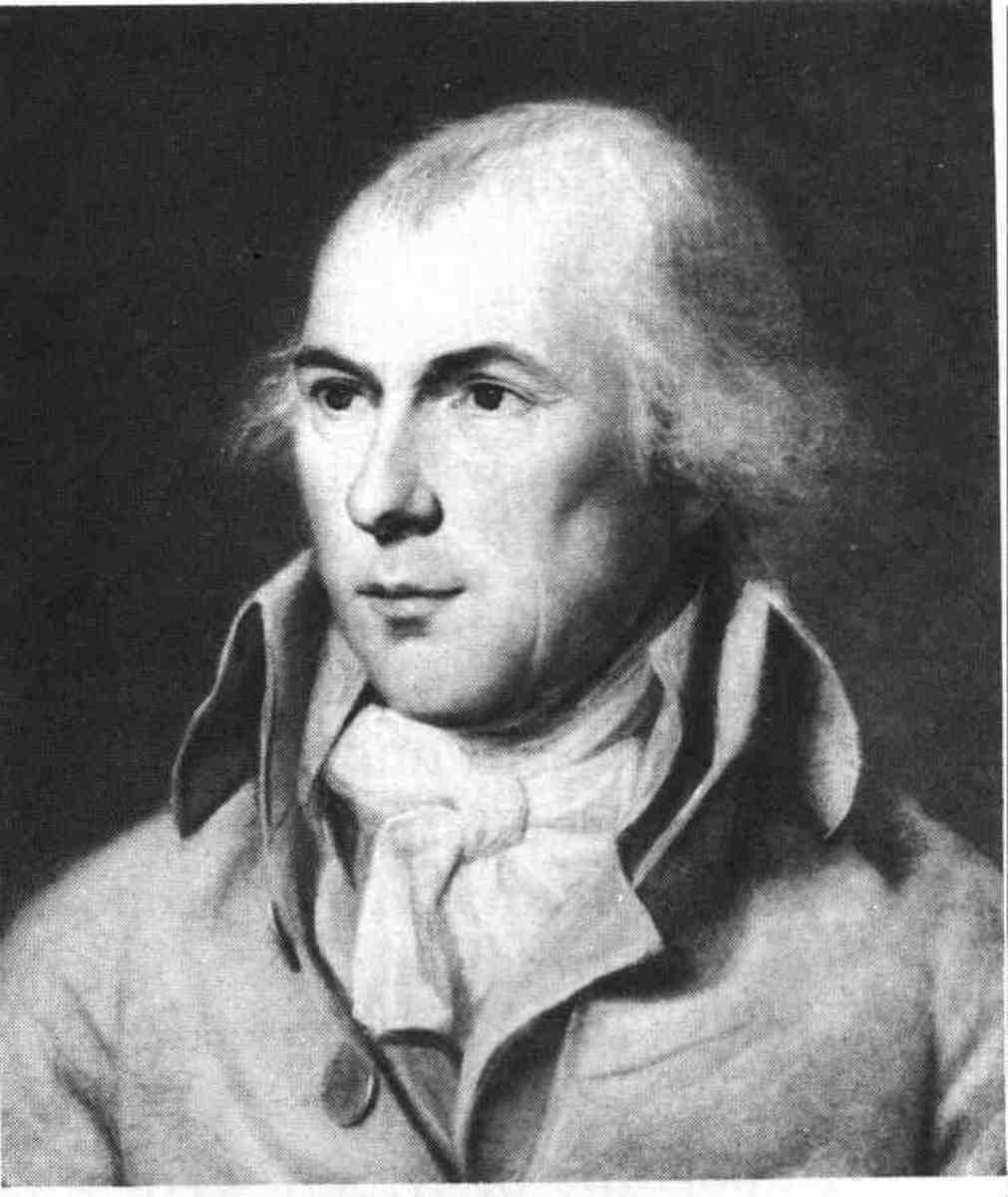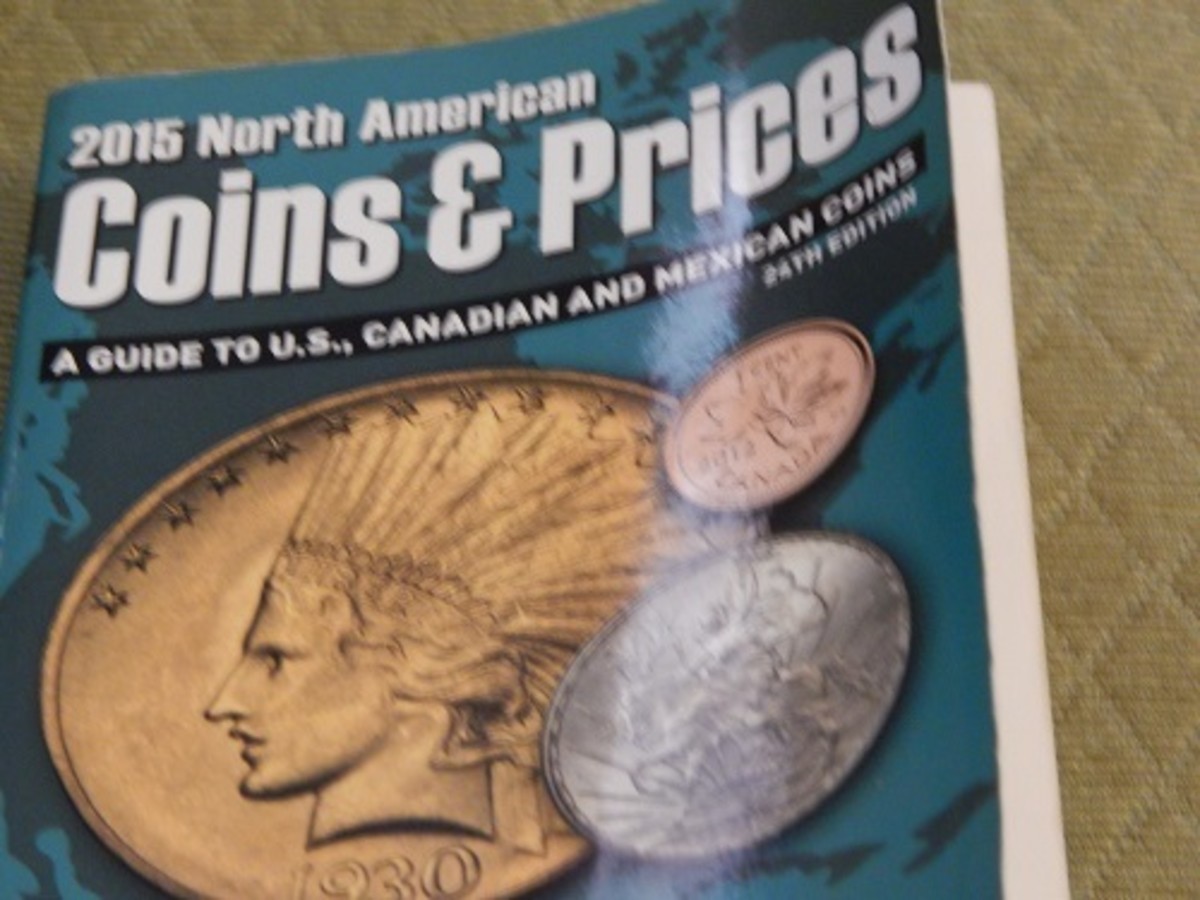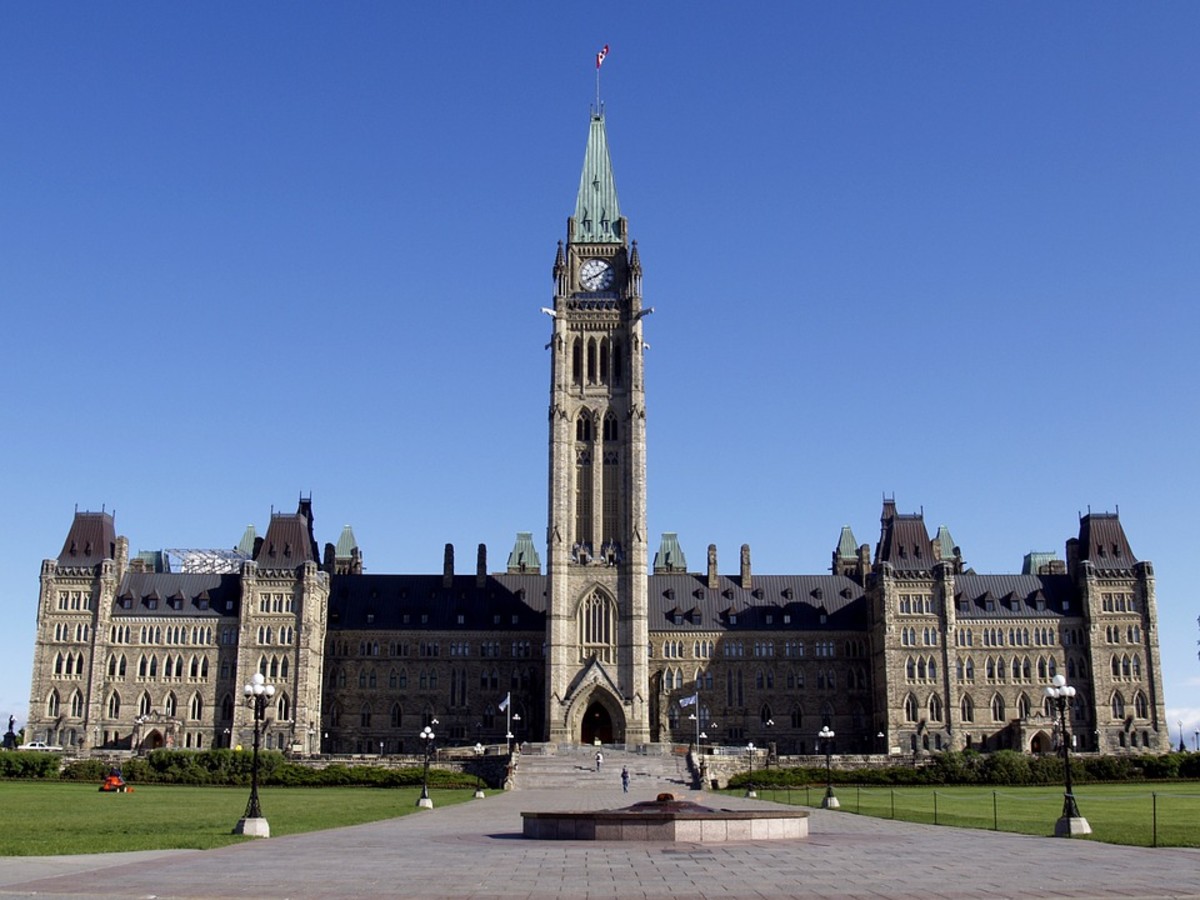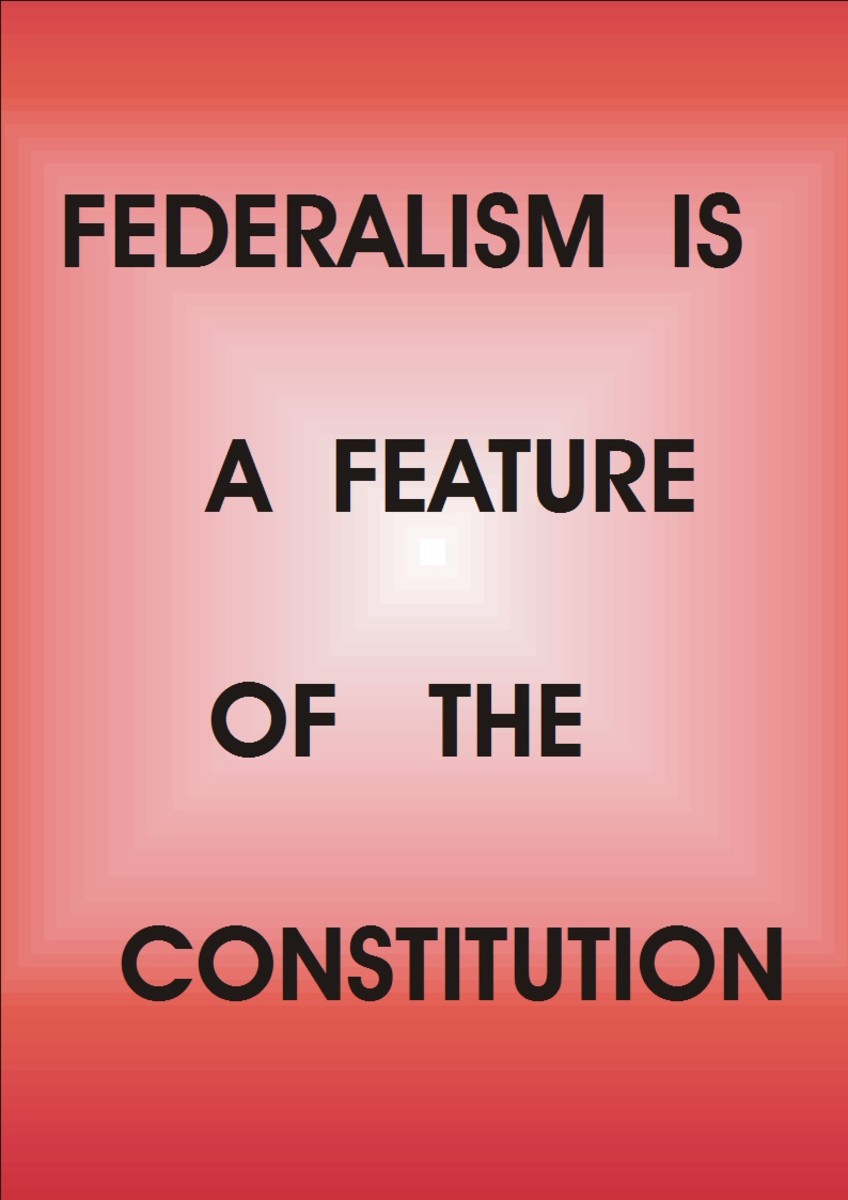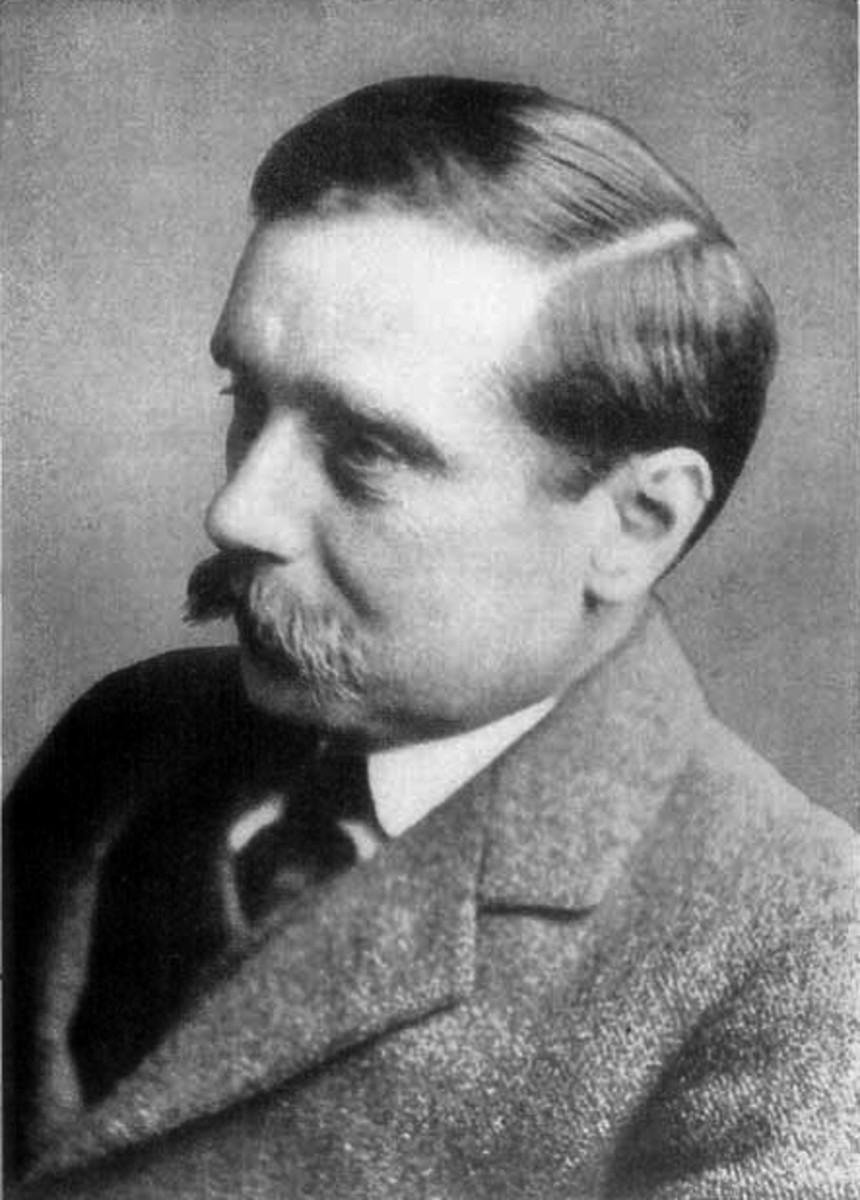Quasi-Federalism in Post-Confederation Canada
Features of quasi-federalism 30 years after Confederation
Marty Thurston – 001107852
September 16, 2008
The strongest support for decentralization among the provinces was not found in Quebec or the Maritimes but in a large part by Ontario. This was an expression of emerging partisan politics during the time immediately following confederation. This pattern would cast any opposition to Macdonald’s centralists as supporters of the provincial rights movement simply by virtue of their opposition.
Another feature of partisan politics includes the patterns by which one party will tend to dominate the political atmosphere at a provincial level while its opposition has firm control at the federal level. This was true in the years following Confederation as the Conservatives were in power for twenty six of the thirty years following confederation. In the case of contemporary politics Russell argues that Canada has experienced a similar pattern of federal Conservative control since the Mulroney Conservatives. (36) The main point of this observation is the assertion that provincial politics transcend significantly into federal politics.
It is also worthwhile to evaluate the powers of provincial premiers with those of American state governors. While governors are restricted by a series of strict checks and balances, the main restrictive forces in the Canadian case is the rivalry found within regional interests.
Economic federalism as Whittaker describes, was constructive and contributed to a significant period of nation-building directly after confederation, although it was also elite-dominated and did little to appeal to the greater public. (37)
One of the important features of this quasi-federalism was the process by which federalism evolved so that it was not considered a hierarchical structure with a central authority and regional subordinates. Instead, federalism would be considered a system by which widely diversified regional interests can have a share of autonomy and still reside within the parliamentary confines of the nation. As Russell notes, “The federal and provincial governments were coordinate levels of government, each autonomous within the spheres allotted to them by the Constitution.” (43)
Disallowance powers gave federally administered lieutenant-governors a veto over any provincial legislation and this is a further expression of hierarchical perceptions within federalism. It is worth noting that these powers were not dissimilar to the imperialistic “powers of reservation and disallowance over federal legislation that the imperial government retained and that were also written into the BNA Act.” (38)
Powers of disallowance have been clearly removed from the political tool-belt and this had been evident through the Diefenbaker and Mulroney governments. Furthermore, the respect for constitutional convention has never been as clear as when Pierre Trudeau did not engage disallowance over Quebec’s bill 101. Russell suggests that the predominant rule of thumb is that politicians “would not protect minority rights at the cost of violating provincial rights.” (47)
A constitutional convention emerged over the use of imperialistic powers between the federal and provincial governments as well as in relations between Britain and Canada. This is an example of how rules embedded in the constitution may have been intended to shift hands as Canada matured into nationhood.
Shortly after, the constitutional initiative had shifted to the responsibility of the provinces. Russell notes that this may have been one of the first indications that centralism had started to lose its ground.
Classical Federalism
Even some of the founding fathers were apprehensive about having too centralist of views, notably those leaders from Quebec. However, much of the constitutional arrangement is still left significantly in the courts. The role that judges play is extremely important in interpreting constitutional matters; the process of judicial review allows judges to use discretion and acts as a safety valve when political atmospheres are in rapid flux. However, since Canada was imperially acquired, the “enduring will of the people” (45) was not as strong a case as it was in the United States. Instead, the Canadian initiative for judicial review was its reconciliation among powerful political forces.
The compact theory is the idea that the provinces of Canada are the cause of union as a whole nation. One of the main problems with this theory is that it directly contradicts another popular theory, that is, the theory of the founding principles. In this respect, equal provincial rights would be contradictory to the special status of Quebec people being regarded as founding peoples. Similarly, when the founding peoples are French and British, there is a huge unaccounted demographic of peoples who are neither French nor British, including aboriginals and immigrants.
Wilfred Laurier’s presence with the Liberals of 1896 brought new developments to the provincial rights initiative. Considering Laurier was a French Catholic from Quebec it is surprising to learn that the Manitoba School crisis was a situation where he would oppose federal intervention. As a leader, it appears Laurier was looking at the bigger picture and standing up for provincial rights because there was greater political incentive in Quebec for him to do so. One of the successful aspects of Canadian federalism is the fact that while the relationship between centralism and regionalism will always be in flux, the constitutional formula never allows one theory to overwhelm the other.
Peter H. Russell (2004), Constitutional Odyssey, 3rd Ed., (Toronto: University of Toronto Press).

